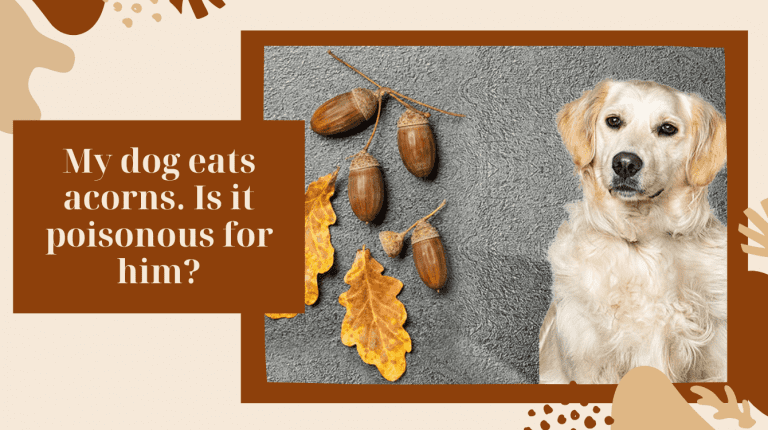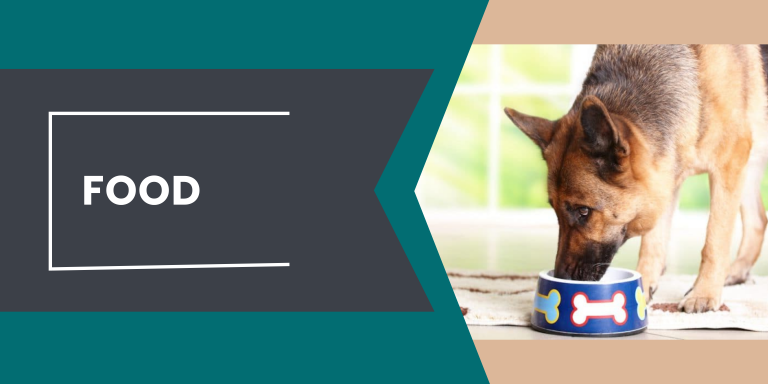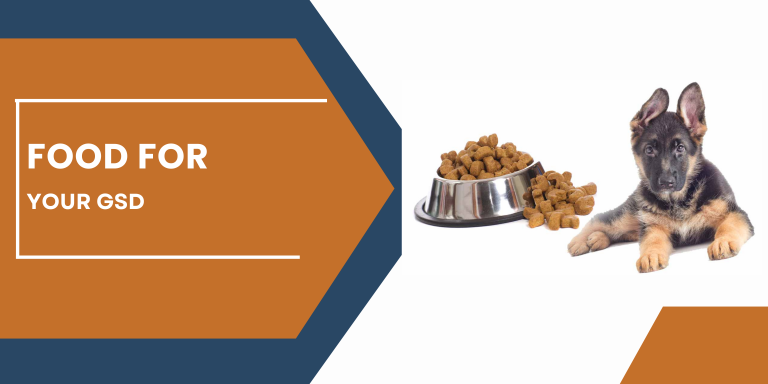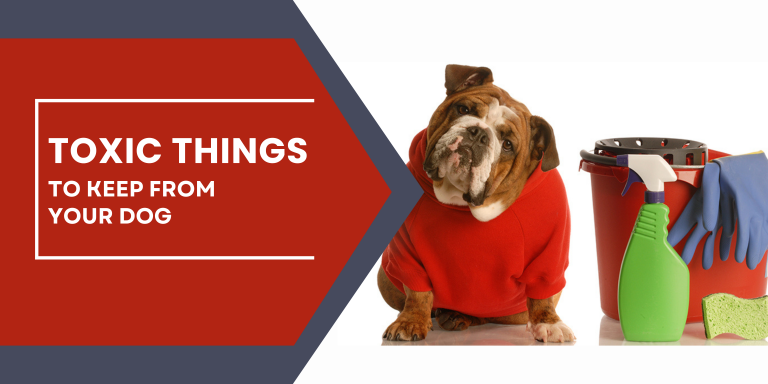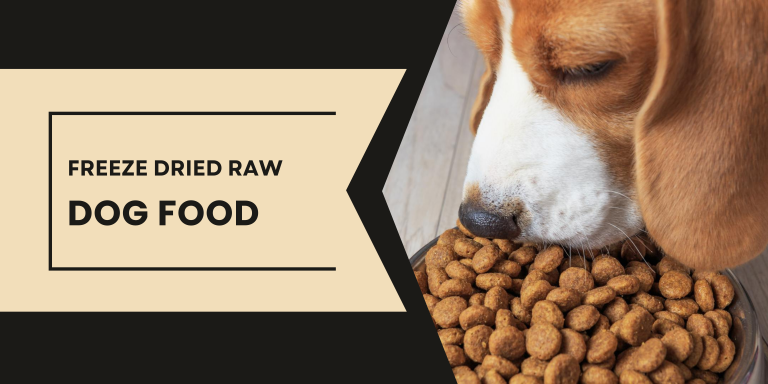DOG FOOD: THE INGREDIENT LABEL
Dog Food Ingredients ~ Essential Facts
Our article, Food for Your GSD provides the basic information you need for the nutritional wellbeing of your dog. Now we’ll get into some finer points on ingredients. By gaining an understanding of how to read the ingredient label, you’ll become an educated buyer. You’ll be able to make the right nutritional choices for your dog.
Good Quality Protein
Turkey, chicken, beef, salmon and lamb are all healthy proteins for dogs, as are a number of less obvious meats such as deer and caribou and duck. These meats in their raw form contain up to 80% water. Once the water is removed, the amount of protein is proportionately increased. You’ll often see Protein Meal in commercial dog foods. This is a concentrated protein providing almost 3 times the protein of the meat in its raw form. Protein meal is the good quality, high-concentration protein that you want as a primary ingredient in your dog’s diet.
Poor Quality Protein
- Meat and Bone Meal, Dry. This indicates a rendered product from mammal tissues, including bone, but without blood, hair, hoof, horn, hide trimmings, manure, stomach and rumen contents. Meat and bone meal can have a lower digestibility than most other meat meals, which is thought to be due to the ingredient’s higher ash and lower essential amino acid content. The source animal is not specified for Meat and Bone Meal. While these are protein-rich meat concentrates, they cannot be considered quality ingredients.
- Chicken by-product meal. This product is a dry-rendered product of slaughterhouse waste which can contain feet, beaks, undeveloped eggs. The only thing it doesn’t have is quality meat! Two redeeming features of chicken by-product meal is that it contains 300% more protein than fresh chicken, in addition to having all the amino acids a dog needs. However, in view of all the “junk” ingredients, we’d have to view this as a low-quality dog food.
- Corn Gluten Meal. This is the substance that remains after the processing of corn to remove most of its carbohydrate matter. Corn protein is inferior to that derived from meat, lacking sufficient quantities of many of the amino acids essential to dogs. Corn gluten is used widely in commercial dog foods because it is inexpensive at the same time as providing a high reportable protein for the purposes of labeling.
- Corn and Wheat. Both have limited nutritional value for dogs, and therefore should be avoided as key ingredients.
Other Poor Quality Ingredients
- Ethoxiquin. A fat preservative made by Monsanto and used in dog food. It is also used in insecticides and as a hardener in rubber! Unless marked as “Ethoxiquin-free” avoid products with fish meal. Ethoxiquin is no longer legal in human food, except in some spices. Monsanto insists the additive is completely safe, yet ethoxyquin has been “implicated in birth defects, stillborn puppies, liver failure, infertility and cancer”.1
- Animal Fat. Something designated as “animal fat” may sound beneficial as a dog food ingredient. However, this is a by-product of rendering where animal carcases and scraps are boiled down to make meat meals. Diseased farm animals, slaughterhouse waste, euthanized pets and restaurant grease are amongst the ingredients used in the process. Not a pleasant topic, but you need to be aware of this stuff!
- Sugar. All sugars should be avoided in dog food. The high glycemic index of sugar can cause unhealthy blood sugar levels in any animal shortly after eating it.
- Non-chelated minerals are not easily absorbed. Chelation provides a fat-based carrier which helps in the transport and absorption of the minerals.
Controversial Ingredients
- Propylene glycol. This as a controversial food moisturizer which has been banned by the FDA for use in making cat food. Yet it can still be found in mostly lower quality dog foods.
- Pomace. Tomato-based product that some claim to be a worthless filler in dog food.
- Avocado. Some consider it to be toxic to dogs, but the claims are unsubstantiated. Supporters like it because it is nutrient-rich, and beneficial to dogs’ coats.
- Dried beet pulp. Some consider it to be nothing more than a cheap filler. Others vaunt it for its intestinal-health attributes in addition to its blood-sugar benefits.
- Menodione. A controversial form of vitamin K linked to liver toxicity, allergies and the abnormal breakdown of red blood cells.
Your German Shepherd Dog will greatly benefit from your quest to understand and search out quality dog food ingredients. It will show in his health, the sheen on his coat and in his overall wellbeing.
Read More: Tinkle Bells For Dogs
Related Links:
- https://en.wikipedia.org/wiki/Raw_feeding /By Wikipedia
- https://en.wikipedia.org/wiki/Dog_food /By Wikipedia
- https://en.wikipedia.org/wiki/Frozen_food /By Wikipedia
- https://www.wikihow.com/Choose-Healthy-Dog-Food /By Wikihow
- https://www.wikihow.pet/Pick-the-Best-Dog-Food/By Wikihow
- https://www.wikihow.pet/Feed-a-Dog /By Wikihow
- https://www.wikihow.com/Choose-Healthy-Dog-Food /By Wikihow


